Reinforcing the weakest link: The back
Fear of injury is one of the most significant hurdles for new trainees to overcome when beginning their health and fitness journeys, in particular when introducing exercise into the mix. The lower back tends to be a place of caution many may avoid in fear of injury and pain. Moreover, many may not know how to use their back when lifting. The saying “lift with your knees, and not your back” rings so clearly in their minds that they are unaware they could be on the path to a potential injury!
The go-to preventative and rehabilitative method for soothing fear is to STRENGTHEN YOUR CORE! Sure doing, deadbugs, glute bridges, and planks till you’re blue in the face is OK but limited in scope. Even more advanced progressions introducing Bosu balls, medicine balls, bands, kettlebells, etc.., are still fantastic ways to strengthen your core, but that’s it. The same school of thought states that the bench press is all you need to improve your upper body. “Oh, your triceps are limiting your bench? Just keep benching; they’ll eventually catch up!”; however, we know this is not the case.
Not all exercises are created equal; not all exercises produce equivalent stimuli across all tissues used. Yes, core exercises will help bring strength to the back, but like the bench press for the triceps, they cannot replace targeted work.
Now, I’m not saying to go ham on max effort Jefferson Curls, but appropriately implementing and progressing back training is critical to keeping you lifting longer and stronger!
A Sample of Back Training Exercise Progression for Linear Extension Action:
This progression is not the end-all-be-all, but it can inspire your own or your clients’ programming. Moreover, it only focuses on a single motion of the spine: Extension. And as always, ensure that the exercise is appropriate for the client’s needs, wants, and goals!
- First and foremost, ensure that CORE training is not new and that bracing is not an issue.
- Spine CARs / Cat-Cows – Unresisted and resisted


- Superman liftoffs – Unload and loaded

- Jefferson Curl – Unloaded




- Seated Good Mornings – Unloaded, Front Loaded, Back Loaded
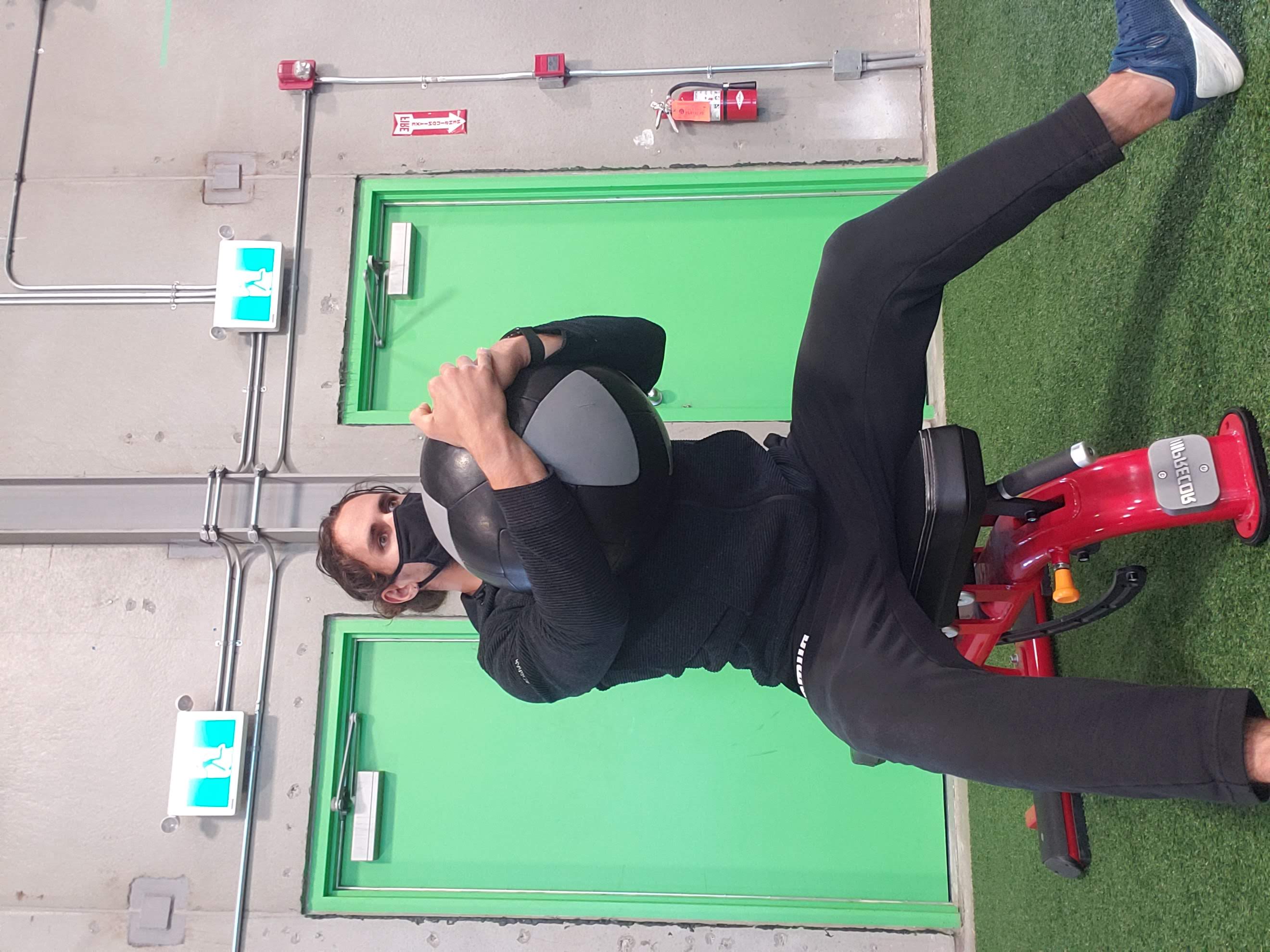

- Standing Goodmorning – Front Loaded


- Jefferson Curls – Lightweight not to failure
- See the Unloaded photo above. Hold implement in hands with arms at length.
- 45-degree Incline Back Extension – Front and Back-loaded
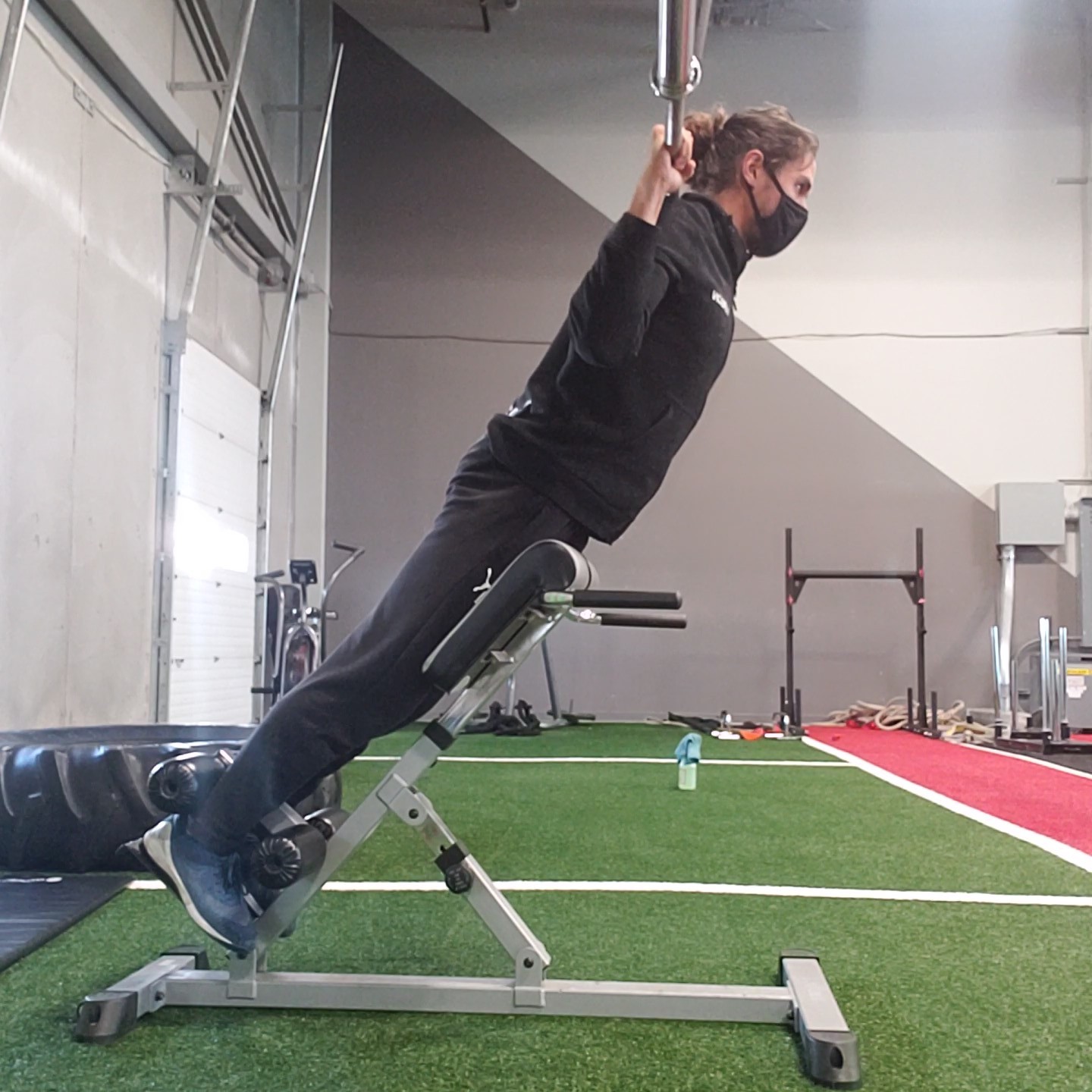
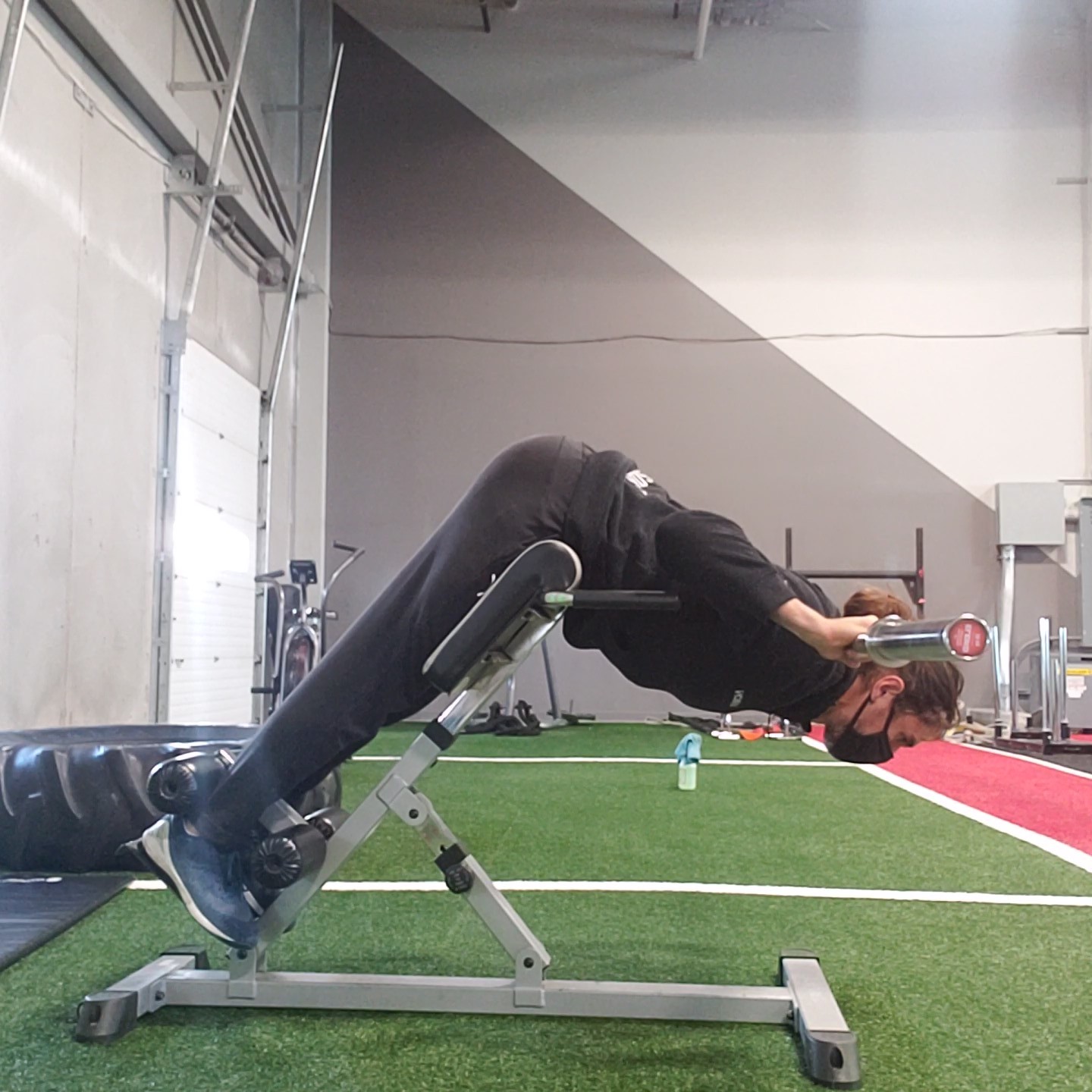
- GHD Back Extensions – Unloaded and Front-loaded
- May also include the Reverse-Hyper Extension

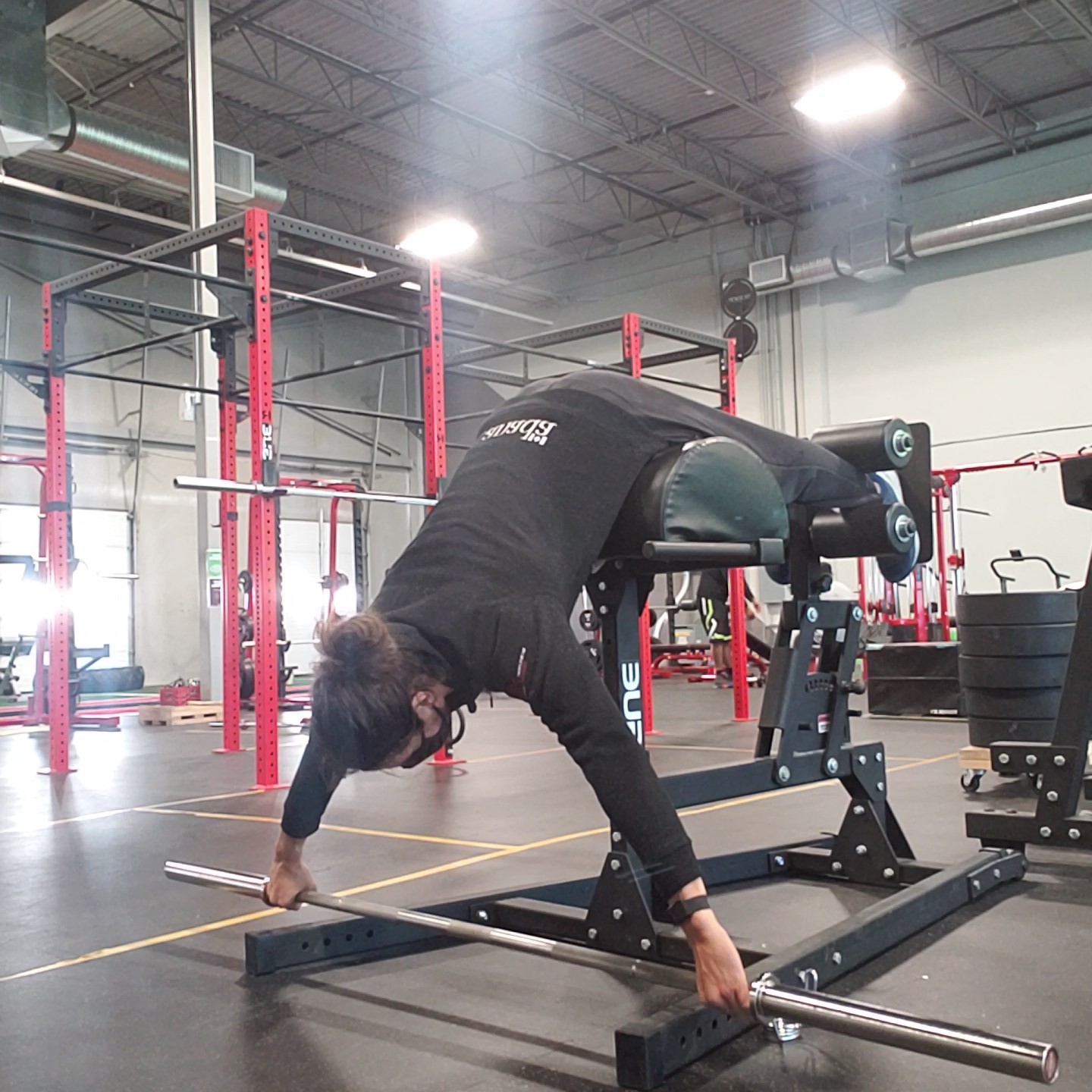
- Standing Good Mornings – Back-loaded


- GHD Back Extensions – Back-loaded

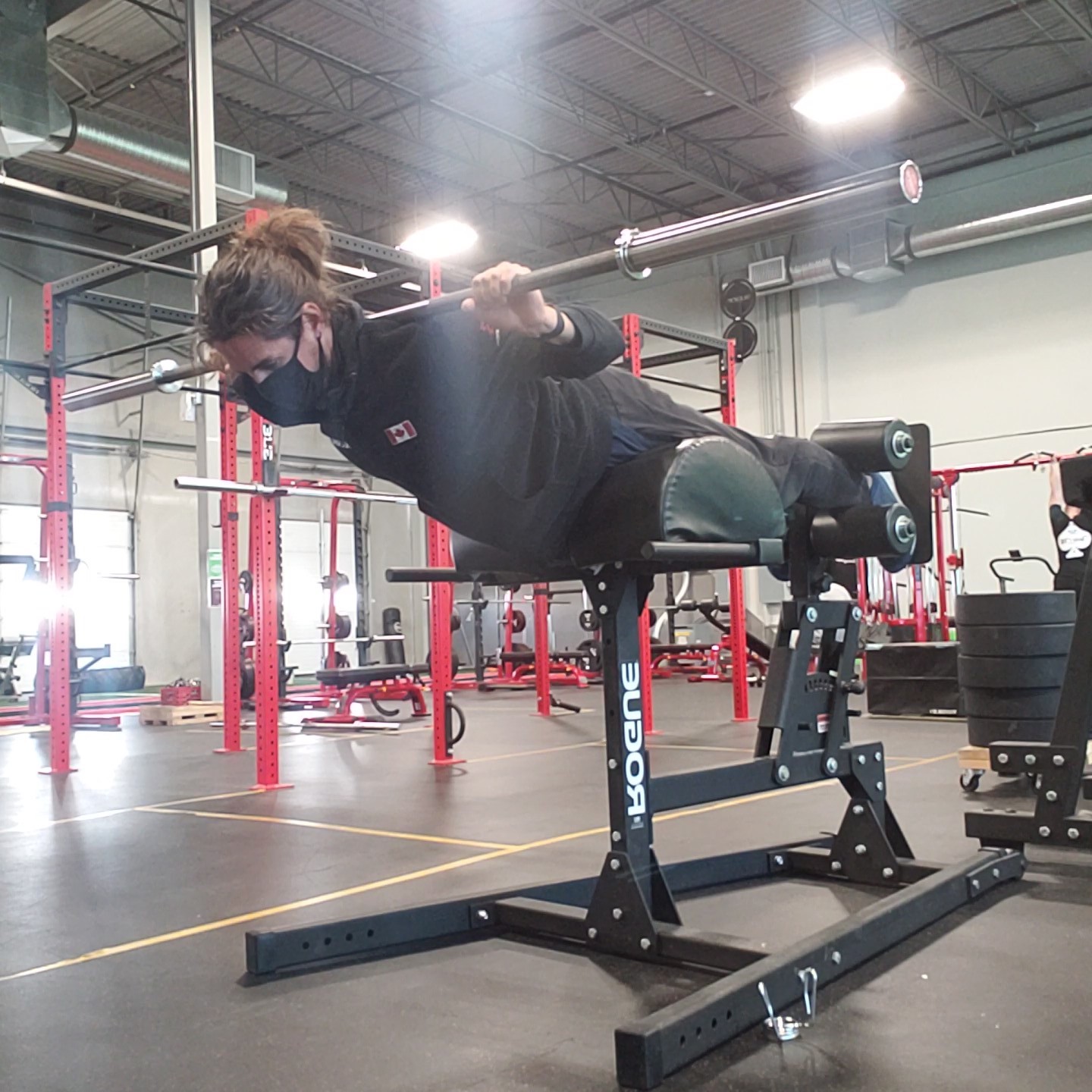
With these exercises, you may want to rearrange, flip, or skip some entirely. The main takeaway from this order is to know what you want to achieve and if you’ve adequately prepared for it. Moreover, there are numerous ways to load these exercises: bands, barbells, sandbags, stones, and more. Each with its unique demand on the body. Play around and find out which exercise you could use some improving on!
Get some Rockband Flex to your resisted exercise
Troy Wilson
Wilson Kinetic Health
